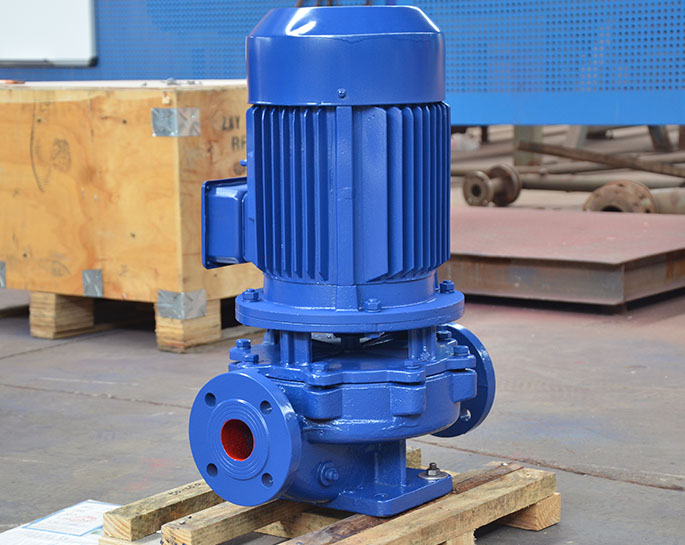Selection characteristics of pipeline pumps
Selecting the right pipeline pump involves considering several characteristics to ensure optimal performance, efficiency, and safety for your specific application. Here are some key selection characteristics to consider:
-
Fluid Type and Properties:
- Consider the type of fluid being transported (water, oil, chemicals, etc.) and its properties (viscosity, temperature, corrosiveness).
- Select a pump that is compatible with the fluid's characteristics to prevent damage and maintain efficient operation.
-
Flow Rate (Capacity):
- Determine the required flow rate of the pump, which is typically measured in units like gallons per minute (GPM) or cubic meters per hour (m³/h).
- The pump's flow rate should match or slightly exceed the desired flow rate of the pipeline system.
-
Pressure Head:
- Assess the required pressure head or pressure lift of the pump to overcome any elevation changes, friction losses, and pressure requirements in the pipeline.
- Make sure the pump's pressure capacity aligns with the pipeline's pressure needs.
-
Pump Type:
- Choose the appropriate pump type based on the application's characteristics. Common types include centrifugal pumps and positive displacement pumps.
- Centrifugal pumps are suitable for high flow rates and low to moderate pressures, while positive displacement pumps are better for precise dosing and higher pressure applications.
-
Efficiency and Operating Range:
- Evaluate the pump's efficiency, especially when operating within a specific flow rate range.
- Look for pumps with a broad operating range that can accommodate variations in flow and pressure requirements.
-
NPSH Requirement:
- Check the Net Positive Suction Head (NPSH) requirement of the pump. NPSH is the amount of pressure available at the pump's inlet to prevent cavitation.
- Ensure that the available NPSH at the installation site meets or exceeds the pump's NPSH requirement.
-
Material Compatibility:
- Consider the materials of construction for the pump and its components to ensure compatibility with the fluid being transported.
- Choose materials that resist corrosion and wear caused by the fluid's properties.
-
Reliability and Maintenance:
- Evaluate the pump's reliability and expected maintenance needs. Some pumps require more frequent maintenance than others.
- Opt for pumps with accessible components for easier maintenance and repair.
-
Environmental and Safety Considerations:
- Take into account any environmental regulations and safety standards related to the pumped fluid.
- Choose pumps that meet safety requirements and minimize the risk of leaks, spills, or environmental contamination.
-
Power Source:
- Determine the available power source (electricity, diesel, etc.) and select a pump that matches the power supply and voltage specifications.
-
Budget Considerations:
- Consider the initial cost of the pump, as well as long-term operating and maintenance costs.
- Opt for a pump that provides the best value over its lifecycle.
-
Application-Specific Features:
- Depending on the application, you might need additional features such as variable speed control, self-priming capabilities, explosion-proof construction, and more.
-
Vendor Reputation and Support:
- Choose a reputable manufacturer or supplier with a track record of producing reliable pumps and providing excellent customer support.
Before making a final selection, consult with pump experts or engineers who are knowledgeable about the specific requirements of your application. They can help you analyze these characteristics in-depth and make an informed decision that aligns with your operational needs.


.png)
.png)

.png)


